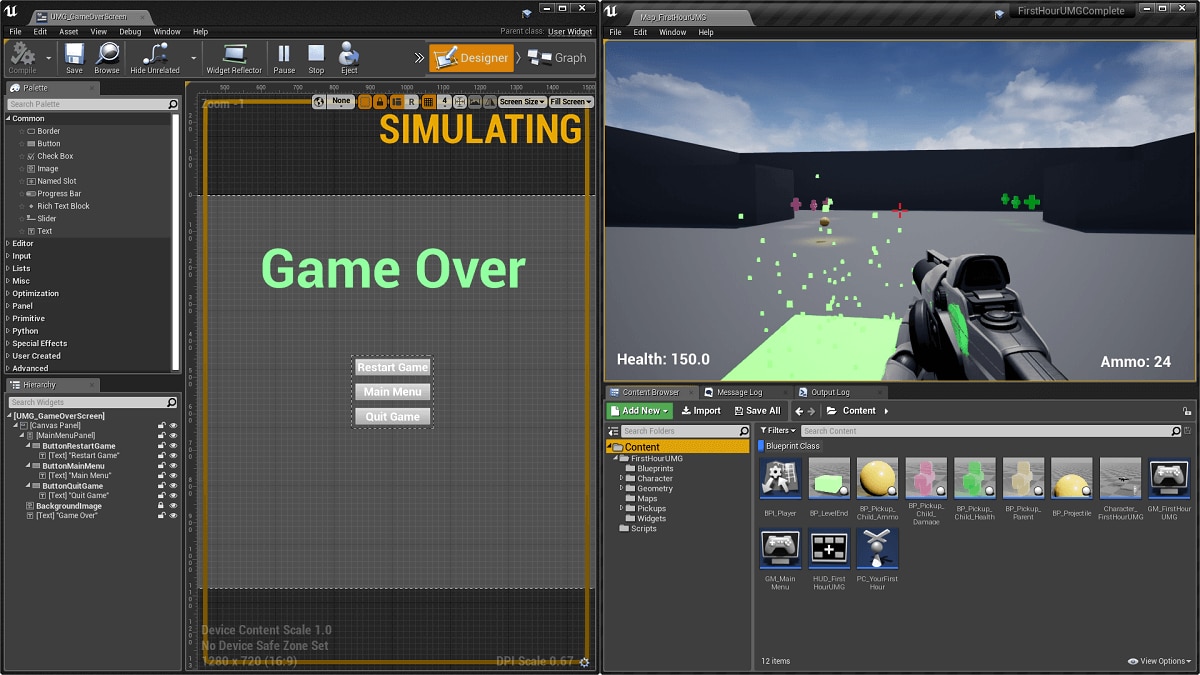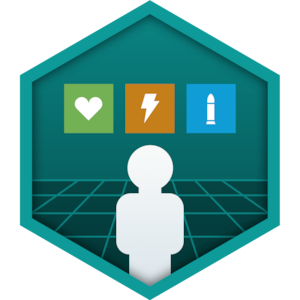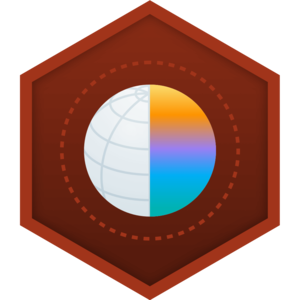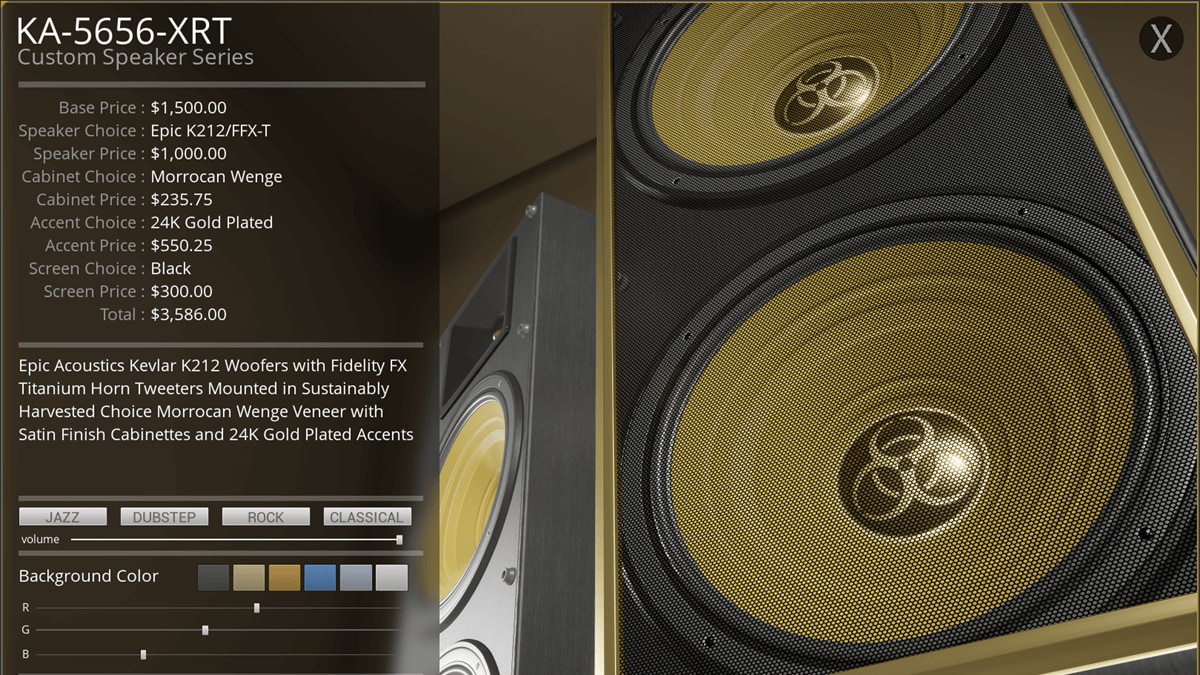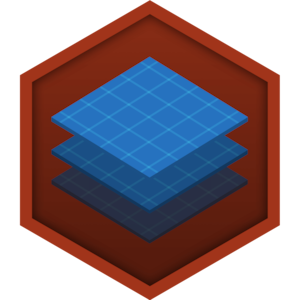Choose your operating system:
Windows
macOS
Linux
This reference page lists the properties that can be set for the Rich Text Block Widget. It also lists properties for the Rich Image Row and Rich Test Style Row data types used in a Data Table Asset.
Rich Text Block Properties
|
Property |
Description |
|
|---|---|---|
|
Slot (Canvas Panel Slot) |
||
|
Anchors |
This sets the anchor location for the selected widget.
|
|
|
Alignment |
Alignment is the pivot point of the widget. Starting in the upper left at (0,0) and ending in the lower right at (1,1). Moving the alignment point enables you to move the origin of the widget. |
|
|
Size To Content |
When AutoSize is true, it uses the widget's desired size. |
|
|
ZOrder |
This indicates the order priority for rendering this widget. Higher values are rendered last, appearing on top, with lower values rendering first and appearing on the bottom. |
|
|
Content |
||
|
Text |
This is the text to display in the widget. |
|
|
Appearance |
||
|
Text Style Set |
This holds the Data Table Asset, which enables rich text decorators to be used for text and image styles. |
|
|
Decorator Classes |
||
|
Justification |
This sets how the text is aligned with the margin. |
|
|
Margin |
This sets the amount of blank space left around the edges of the text area. |
|
|
Line Height Percentage |
This sets the amount each line's height is scaled by. |
|
|
Wrapping |
||
|
Auto Wrap Text |
This is set to true if the text wraps automatically based on the computed horizontal space for this widget. |
|
|
Wrap Text At |
This determines whether text wraps onto a new line when its length exceeds this width. If this value is zero or negative, no wrapping occurs. |
|
|
Wrapping Policy |
The wrapping policy to use:
|
|
|
Behavior |
||
|
Tool Tip Text |
Tooltip text that shows when the user hovers the mouse cursor over the widget. |
|
|
Is Enabled |
This sets whether this widget can be modified interactively by the user. |
|
|
Visibility |
Sets the visibility of this widget.
|
|
|
Render Opacity |
The opacity of the widget. |
|
|
Tool Tip Widget |
Tooltip widget to show when the user hovers over the widget with the mouse. |
|
|
Cursor |
The cursor to show when the mouse is over the widget.
|
|
|
Render Transform |
||
|
Transform |
The render transform of the widget allows for arbitrary 2D transforms to be applied to the widget.
|
|
|
Pivot |
The render transform pivot controls the location about which transforms are applied. It is a normalized coordinate about which things like rotations will occur. |
|
|
Performance |
||
|
Is Volatile |
If true, it prevents the widget or its child's geometry or layout information from being cached. If this widget changes every frame but you want it to still be in an invalidation panel, you should mark it volatile instead of invalidating it every frame, which would prevent the invalidation panel from actually every caching anything. |
|
|
Clipping |
||
|
Clipping |
Controls how the clipping behavior of this widget works. Normally, content that overflows the bounds of the widget continues rendering, enabling clipping prevents that overflowing content from being seen. Elements in different clipping spaces can not be batched together, so there is performance costs when clipping is applied. Do not enable clipping unless a panel actually needs to prevent content from showing up outside its bounds. |
|
|
Navigation |
||
|
Left |
Defines navigation when using Left:
|
|
|
Right |
Defines navigation when using Right:
|
|
|
Up |
Defines navigation when using Up:
|
|
|
Down |
Defines navigation when using Down:
|
|
|
Next |
Defines navigation when using Next:
|
|
|
Previous |
Defines navigation when using Previous:
|
|
|
Localization |
||
|
Text Shaping Method |
Which text shaping method should the text within this widget use? When unset, the default is used that is set by Get Default Text Shaping Method.
|
|
|
Text Flow Direction |
Which text flow direction should the text within this widget use? When unset, the default is used that is set by Get Default Text Flow Direction.
|
|
Data Table Asset Properties
Rich Image Row
Set the following properties in the Rich Image Row Data Table Asset to control the styling for images used with a Rich Text Block widget.
|
Property |
Description |
|---|---|
|
Image |
The image to render for this brush. The assigned Asset can be a Texture, Material Interface, or an object implementing the Atlased Texture Interface. |
|
Image Size |
The size of the resource in Slate units. |
|
Tint |
Tinting applied to the image. |
|
Draw As |
How to draw the image.
|
|
Tiling |
How to tile the image while in Image mode.
|
|
Preview |
Set how the image should be displayed in the preview box. Horizontal Alignment:
Vertical Alignment:
|
Rich Text Style Row
Set the following properties in the Rich Text Style Row Data Table Asset to control the styling for text used with Rich Text Block widget.
|
Property |
Description |
|
|---|---|---|
|
Font |
||
|
Font Family |
The font object (valid when used from UMG or a Slate widget style asset). |
|
|
Typeface |
The name of the font to use from the default typeface. If none is initially selected, the first entry (Bold) will be used. |
|
|
Size |
The font size is a measure in point values. The conversion of points to Slate Units is done at 96 dpi. So, if you're using a tool like Photoshop to prototype layouts and UI mockups, be sure to change the default dpi measurements from 72 dpi to 96 dpi. |
|
|
Font Material |
The material to use when rendering this font. |
|
|
Outline Settings |
Settings for applying an outline to a font.
|
|
|
Color |
The color and opacity of this the text. |
|
|
Shadow Offset |
How much should the shadow be offset? An offset of 0 implies no shadow. |
|
|
Shadow Color and Opacity |
The color and opacity of the shadow. |
|
|
Shadow Background Color |
The background color of selected text. |
|
|
Highlight Color |
The color of highlighted text. |
|
|
Highlight Shape |
||
|
Image |
The image to render for this brush. The assigned Asset can be a Texture, Material Interface, or an object implementing the Atlased Texture Interface. |
|
|
Image Size |
The size of the resource in Slate units. |
|
|
Tint |
Tinting applied to the image. |
|
|
Draw As |
How to draw the image.
|
|
|
Tiling |
How to tile the image while in Image mode.
|
|
|
Preview |
Set how the image should be displayed in the preview box:
Vertical Alignment:
|
|
|
Underline Brush |
||
|
Image |
The image to render for this brush. The assigned Asset can be a Texture, Material Interface, or an object implementing the Atlased Texture Interface. |
|
|
Image Size |
The size of the resource in Slate units. |
|
|
Tint |
Tinting applied to the image. |
|
|
Draw As |
How to draw the image.
|
|
|
Tiling |
How to tile the image while in Image mode.
|
|
|
Preview |
Set how the image should be displayed in the preview box:
Vertical Alignment:
|
|
